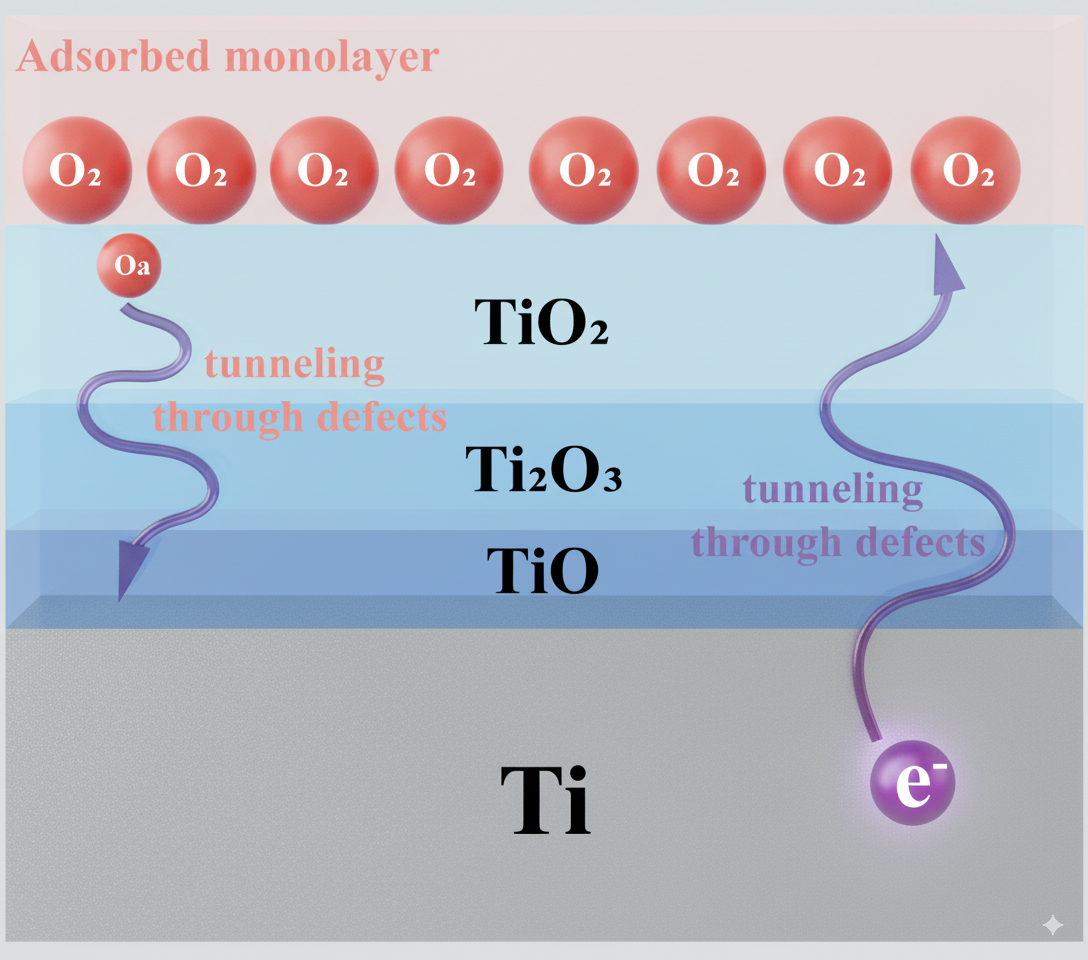Corrosion Behavior of Dental Metallic Alloys
DOI:
https://doi.org/10.30544/MMD62Abstract
Dental metallic alloys undergo electrochemical degradation in the oral environment, which compromises structural integrity and surface functionality. Ionic dissolution can activate hypersensitivity and potential cytotoxic or genotoxic effects; therefore, released ion levels must remain within defined safety limits. Corrosion also accelerates fatigue, fretting fatigue, and tribocorrosion, increasing the risk of deformation and fracture.
This review consolidates methodologies for immersion and galvanic corrosion testing, presents the electrochemical background required for study design and data interpretation, and identifies the physiological variables that govern intraoral degradation, including saliva composition and pH cycling, proteins and biofilms, mechanical loading, temperature fluctuations, and fluoride exposure. Evidence on the corrosion behavior of dental alloys is summarized across in vitro, in situ, and in vivo contexts. In addition, surface engineering approaches are examined, including passivation strategies, surface modification, and protective coatings, with the aim of reducing ion release, improving corrosion resistance, and extending clinical service life.
Keywords:
dental metallic alloys, corrosion, immersion test, galvanic corrosion, living cell environment, surface engineeringDownloads
Published
Issue
Section
License
Copyright (c) 2025 Minja Miličić Lazić, Nataša Jović Orsini, Miloš Lazarević, Vukoman Jokanović, Vanja Marjanović, Aleksandra Popović, Branimir N. Grgur

This work is licensed under a Creative Commons Attribution 4.0 International License.

